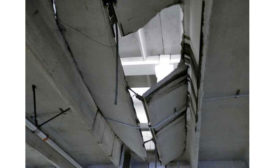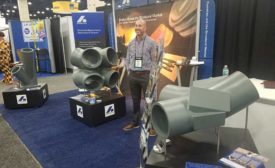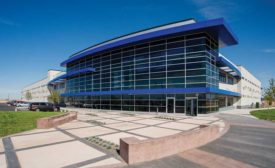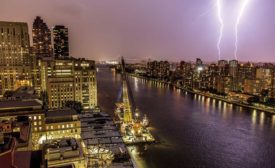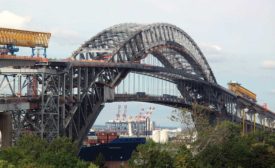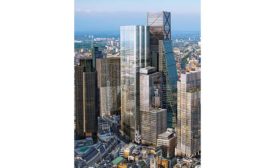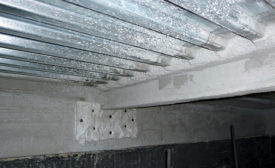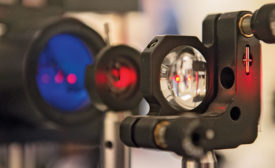Design
Smart Cities Offer New Ideas for Connectivity
Integrated elements designed and constructed through innovative partnerships offer the keys to success for future-looking communities
Read More
Construction Methods
Rockefeller University Team Takes Modular Delivery to New Lengths
Riverside high-flying acts for Manhattan research building move modular delivery into the 21st century
Read More
The Bayonne Bridge's New and Higher Road Deck
Despite setbacks, a new and higher road deck has taken shape on the Bayonne Bridge
Read More
Engineering Design
Structural Design Gymnastics Enable Use of Abandoned Foundation
The new London Tower bears little resemblance to the original building design
Read More
Steel Floor Assembly Tests Fuel Dispute over Fire-Protection-Material Needs
Steel groups at odds with fire-protection-materials interests over code compliance for structural-steel floor assemblies
Read More
The latest news and information
#1 Source for Construction News, Data, Rankings, Analysis, and Commentary
JOIN ENR UNLIMITEDCopyright ©2024. All Rights Reserved BNP Media.
Design, CMS, Hosting & Web Development :: ePublishing
